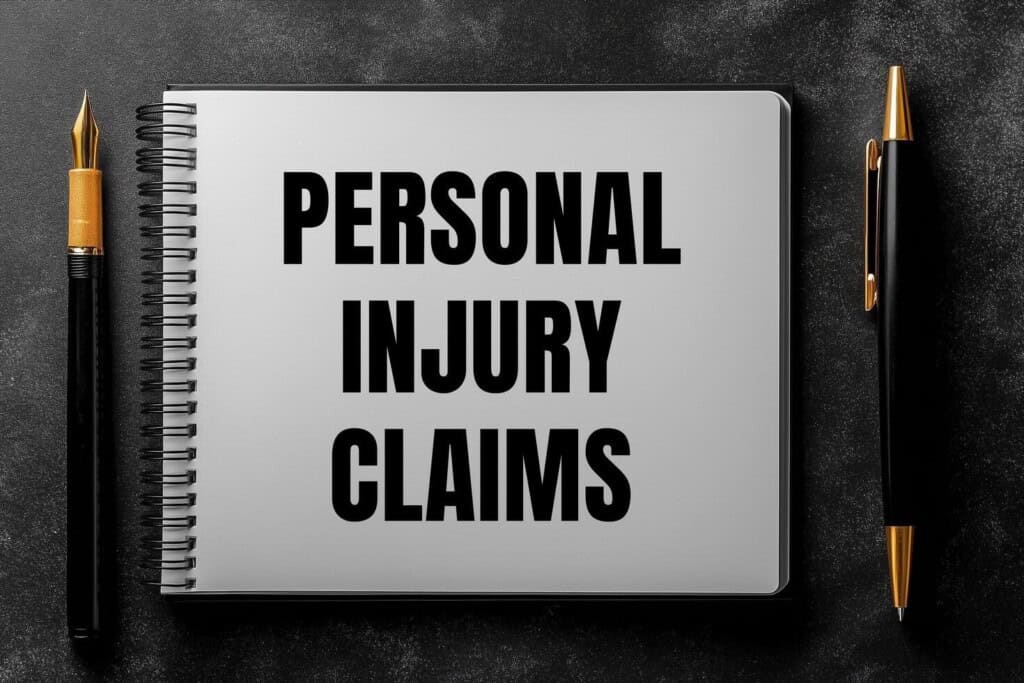
When someone gets injured in an accident, the settlement amount they receive often depends on how severe their injuries are. For accident victims with disabilities, settlements tend to be much higher. This isn’t merely about fairness; it’s about ensuring they can manage life with their new limitations. Many people also wonder what medical conditions qualify for long-term disability when assessing compensation possibilities.
The Impact of Disabilities on Daily Life
Accident-related disabilities can range from paralysis to loss of limbs or traumatic brain injuries. These conditions significantly affect a person’s ability to carry out daily tasks.
For example, someone who loses mobility may need a wheelchair-accessible home. They might require personal care aides for bathing or dressing. Such changes come with huge costs, and settlements account for these lifelong needs.
Loss of Future Earnings
One of the biggest reasons settlements are high is the loss of earning capacity. A disability can end a person’s career or force them to take lower-paying jobs.
Courts and insurance companies calculate this loss by assessing:
- The victim’s age
- Their profession and income before the injury
- Their ability to work in any capacity after the injury
For young victims with well-paying careers, settlements can reach millions. This ensures they can survive financially despite not working again.
Extensive Medical Costs
Accident victims with disabilities often need lifelong medical care. This includes surgeries, hospitalizations, follow-up treatments, medications, and specialized equipment.
For example, someone with a spinal cord injury may need:
- Multiple surgeries
- Ongoing physical therapy
- Electric wheelchairs and mobility aids
- Regular doctor visits
All these costs are projected over the victim’s expected lifespan and included in settlements to avoid future financial hardship.
The Cost of Home Modifications and Care
Disabilities can force victims to change their homes completely. Bathrooms may need roll-in showers. Ramps and lifts might be necessary. Kitchen counters and doorways may require adjustments for wheelchair use.
Additionally, many victims need caregivers for basic tasks, especially if they live alone or family members cannot assist them full-time. These caregivers might cost thousands of dollars each month, adding up to millions over decades.
Pain and Suffering Damages
Settlements also include non-economic damages such as pain and suffering. Disabilities often bring chronic pain, emotional trauma, and loss of enjoyment of life.
A person who once played sports, traveled, or enjoyed an active social life may lose these joys. Courts recognize that no amount of money can replace these experiences, but financial compensation helps victims adjust to their new realities.
Higher Settlements as a Deterrent
In cases where negligence is extreme, higher settlements also act as a deterrent. For instance, if a company ignored safety protocols leading to an accident, the court might award punitive damages. These are not just to help the victim but also to punish the wrongdoer and prevent similar negligence in the future.
The Role of Long-Term Disability
Long-term disability benefits are separate from personal injury settlements but are often connected. Many victims apply for these benefits if they cannot return to work. Insurance companies and lawyers often analyze what medical conditions qualify for long-term disability to determine additional avenues of support and to calculate how a settlement interacts with disability payments.
The Need for Life Care Plans
Attorneys often work with medical and financial experts to create a life care plan for the victim. This document outlines:
- Future medical needs
- Home modifications
- Assistive devices
- Therapy costs
- Caregiver expenses
A life care plan helps juries and insurers understand the real financial impact of a disability. Without it, victims might accept settlements that cover only a fraction of their future needs.
Protecting the Victim’s Dignity and Future
Ultimately, high settlements are not about giving victims an advantage. They exist to protect their dignity, independence, and financial stability. Living with a disability is challenging enough without adding money worries to the list.
Personal injury law aims to restore, as much as possible, what was lost. For a victim with disabilities, restoration involves funding lifelong medical care, compensating for lost income, modifying homes, and covering care services.
Final Thoughts
Disabilities caused by accidents change lives forever. High settlements ensure that victims can live with dignity and proper care without becoming financially dependent on family or social services. They also act as a reminder for individuals and companies to prioritize safety and prevent life-altering injuries.
If you or someone you know is facing life with a disability after an accident, consulting an experienced personal injury attorney is essential. They can calculate a settlement that truly reflects the victim’s lifelong needs and ensures their future security.